Title
Ingredients
Text here...
Instructions
Text here...

Turkish cuisine is one of the most appetizing and rich cuisines of the world, and Turkish people are known to be quite passionate about food. Diversity and the full flavor makes the Turkish cuisine worldwide famous which draws influences from its rich history and each region in the country today praises its own specialities. The richness of Turkish cuisine is based on several factors: Variety of products cultivated on the lands of Asia and Anatolia, numerous cultural interactions in history, the palace kitchens of Seljuk and Ottoman empires and geographical conditions that shaped the character of Turkish culinary culture.
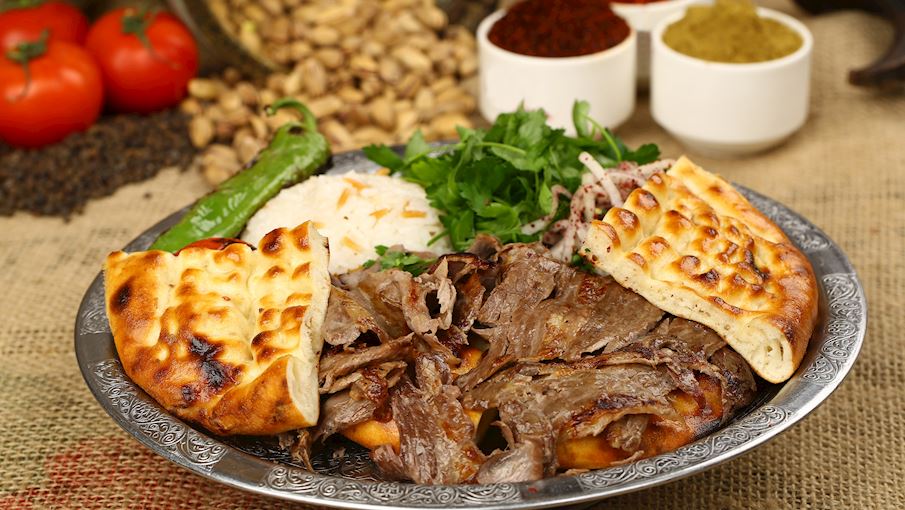
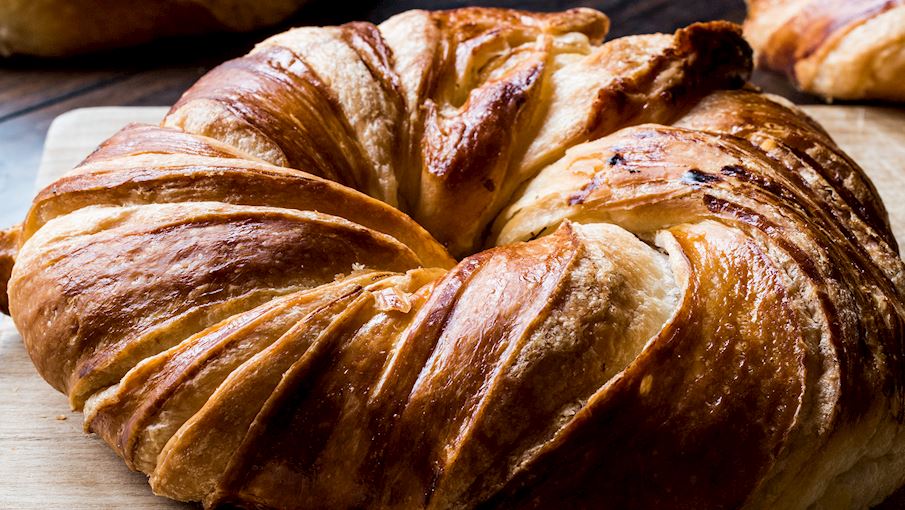
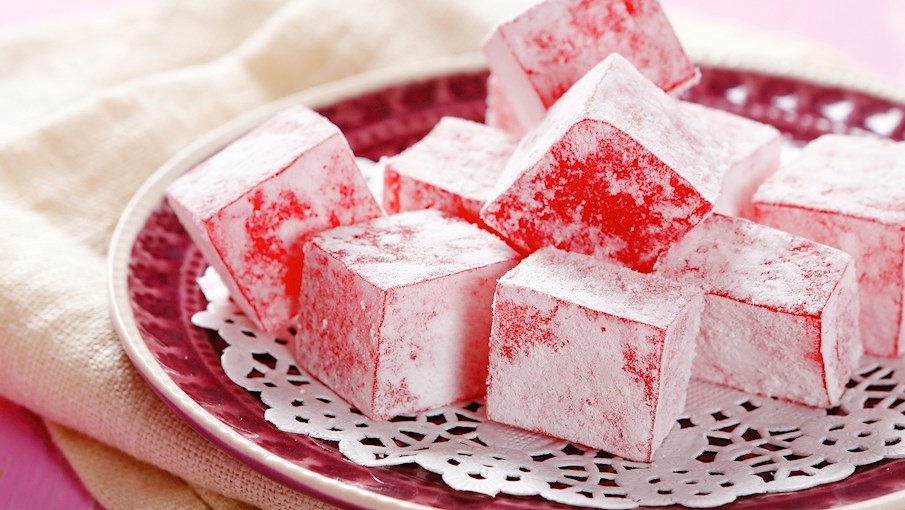
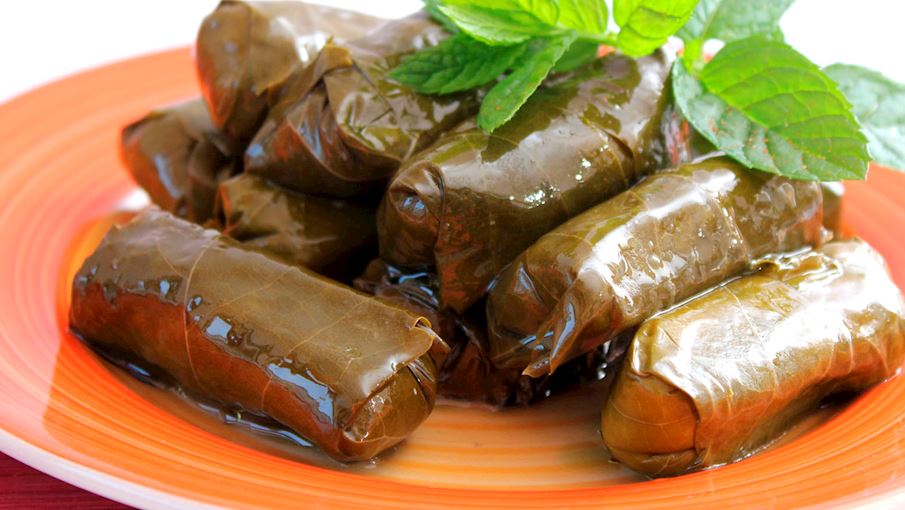

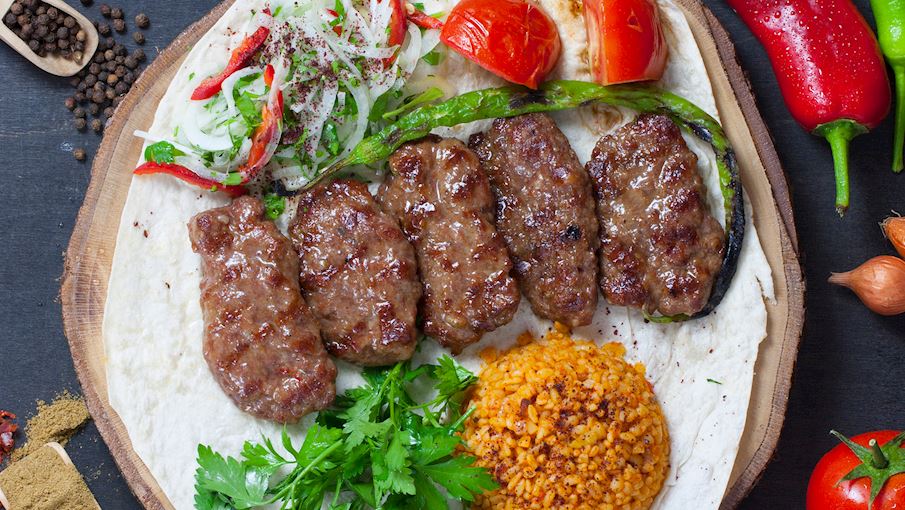
The cooking techniques are almost similar in every region. Fruits and salads are prepared for raw consumption and yogurt dips are very common. With a wealth of fresh and seasonal produce, meat dishes are usually cooked with vegetables. Fried or grilled fillings are also common. Bread, as well as meat, are baked and soups are stewed.
Turkish Mezes are a combinational selection of various small dishes. Meze is normally served as an appetizer in most parts of the Middle East, North Africa, and the Balkans. Meze is a perfect appetizer that makes a great addition to any meal. Even though there are numerous variations of Meze appetizers, the most common and consumer-favorite includes those that are salad, eggplant, and yogurt-based.
Feast traditions are quite common among the Turks, and eating together on special occasions such as ceremonies or celebrations are common in Turkish history. There was a feast tradition in the religious ceremonies of ancient Anatolia. Feasts were prepared for weddings, when going to war, after successful work, burial ceremonies and in religious organizations. Extensions of this tradition in modern Anatolia include weddings in particular, but also holidays such as Ramadan and Hıdırellez and occasions such as prayers for rain, migrations, mevlit ceremonies, long journeys, the arrival of guests, holidays, circumcisions, births, and other feasts. On these occasions the best and most loved foods are prepared and eaten in a celebratory atmosphere.
Meals are eaten three times a day. The largest is generally the evening meal, but lunch is also a major meal, whether of villagers working in the fields or an urbanite in his apartment. The five o’clock tea tradition is a western tradition which has been adopted only in the cities. Tea is also drunk at dusk. The evening meal is eaten together by the entire family.
One can speak of a standard kitchen setup in rural areas. There are five to six shelves in the kitchen. On the lowest are jugs, water pitchers and tubs. On the next are pots, followed by saucepans, frying pans. Next come small bowls and soup bowls, and on the highest shelf are trays and porcelain plates. Turks have quite a rich array of kitchen utensils.
The main kitchenware consists of pots, large pans, serving and other trays, shallow copper cooking pans, frying pans, kettles, earthenware pots, buckets, ladles, stackable serving bowls for transporting food and bowls. The variety in these wares is an indication of the richness of our cuisine. Formerly the kitchen was considered very important; when matchmakers came to a home to check on a prospective bride, they first wanted to see the kitchen.


